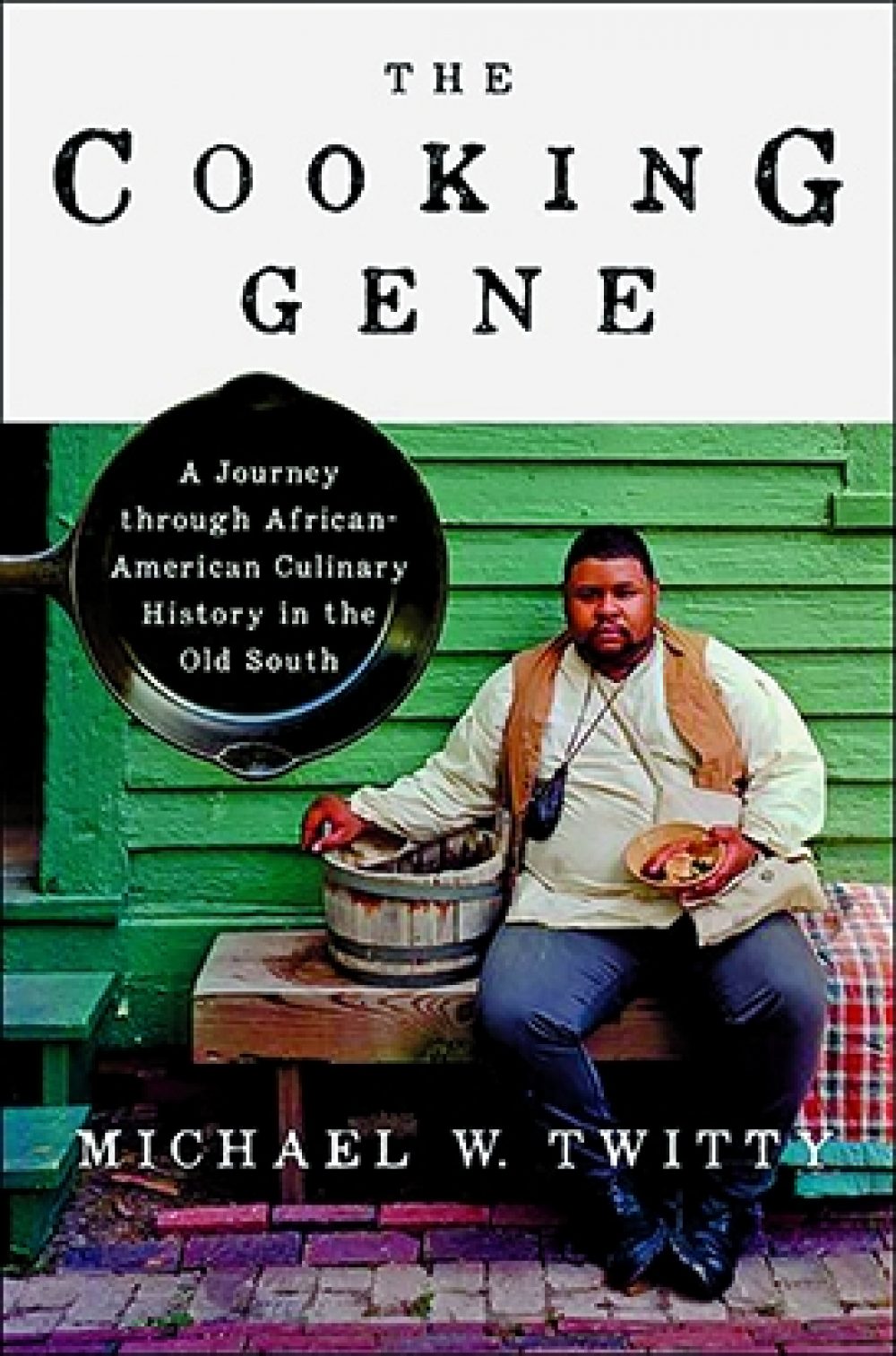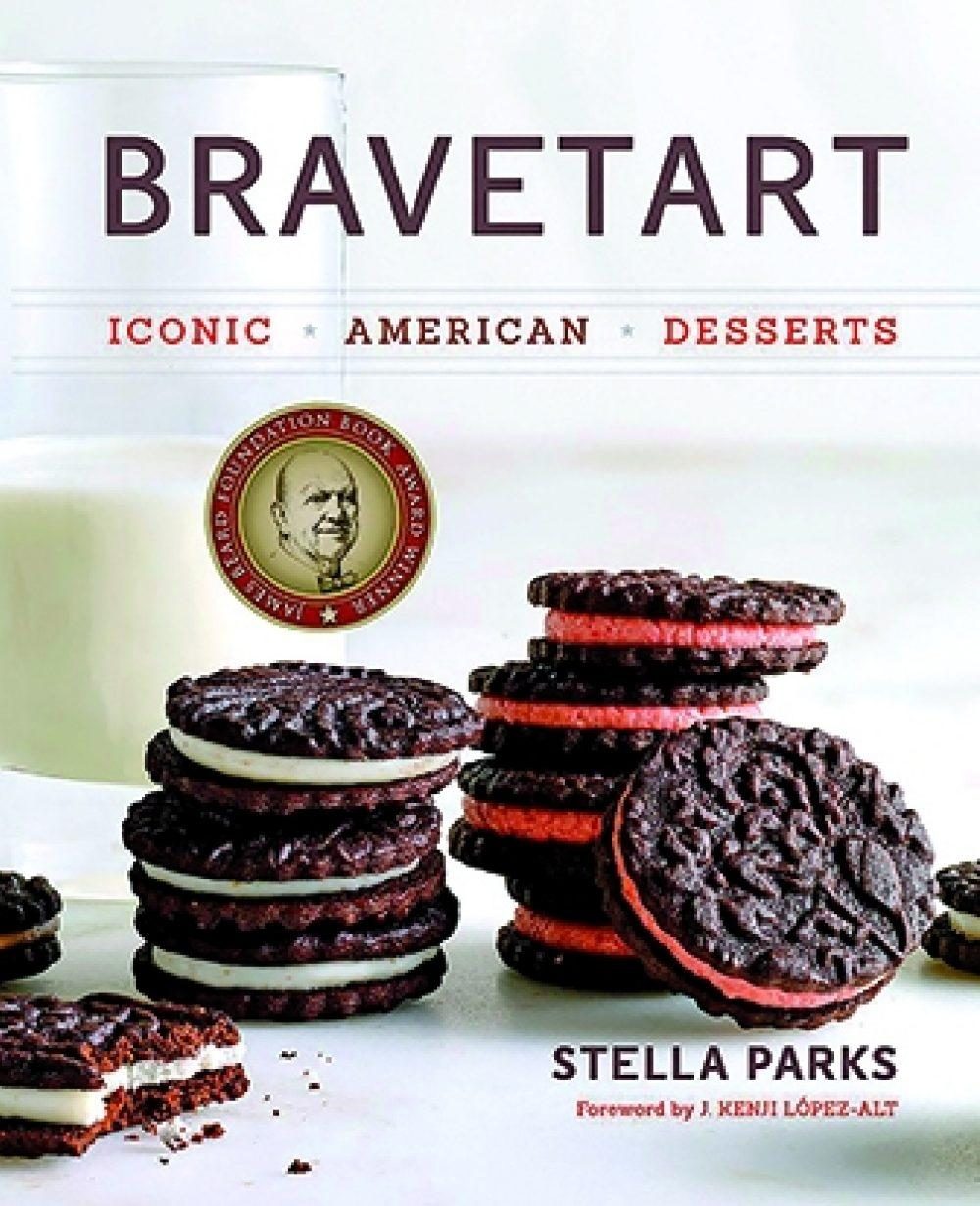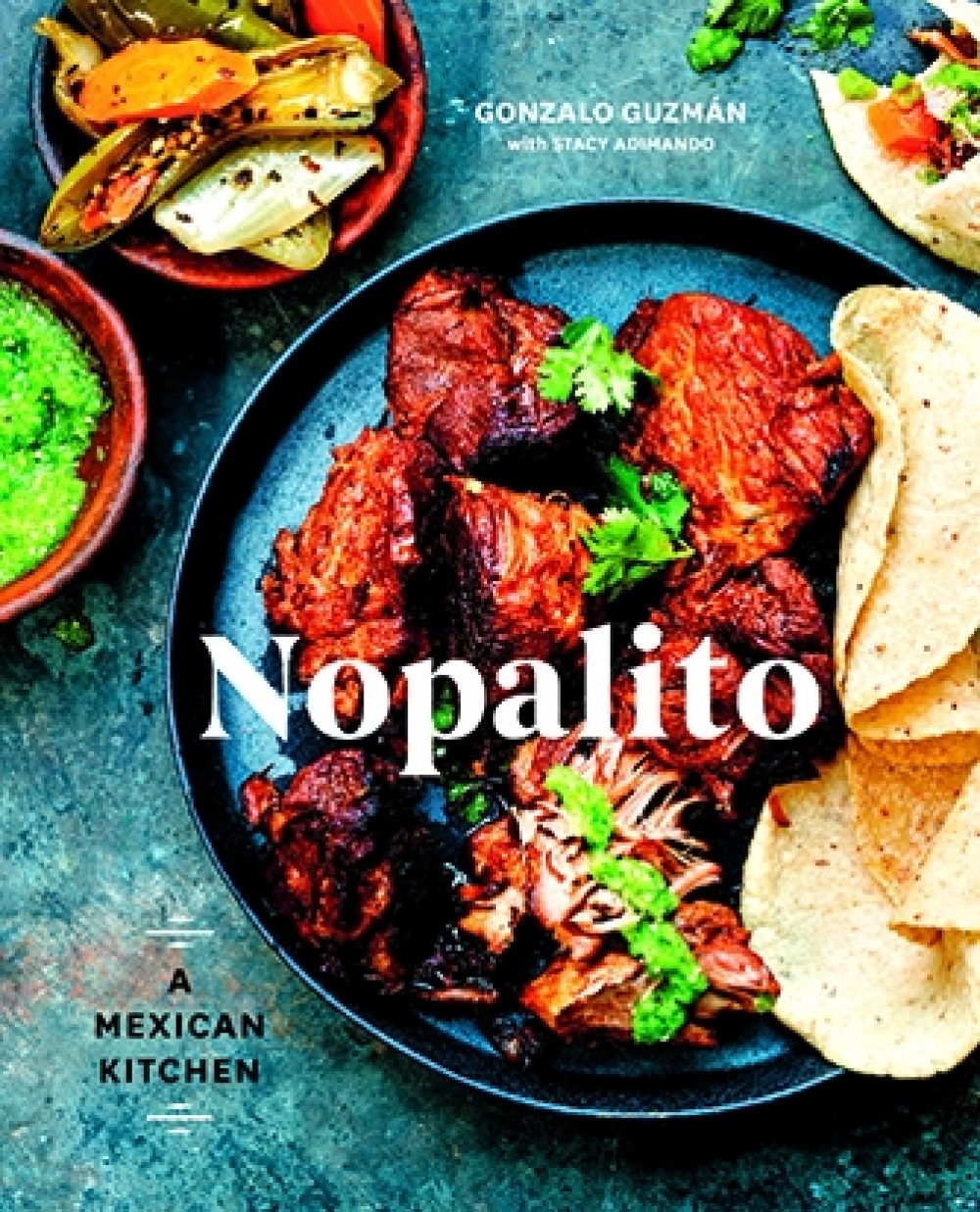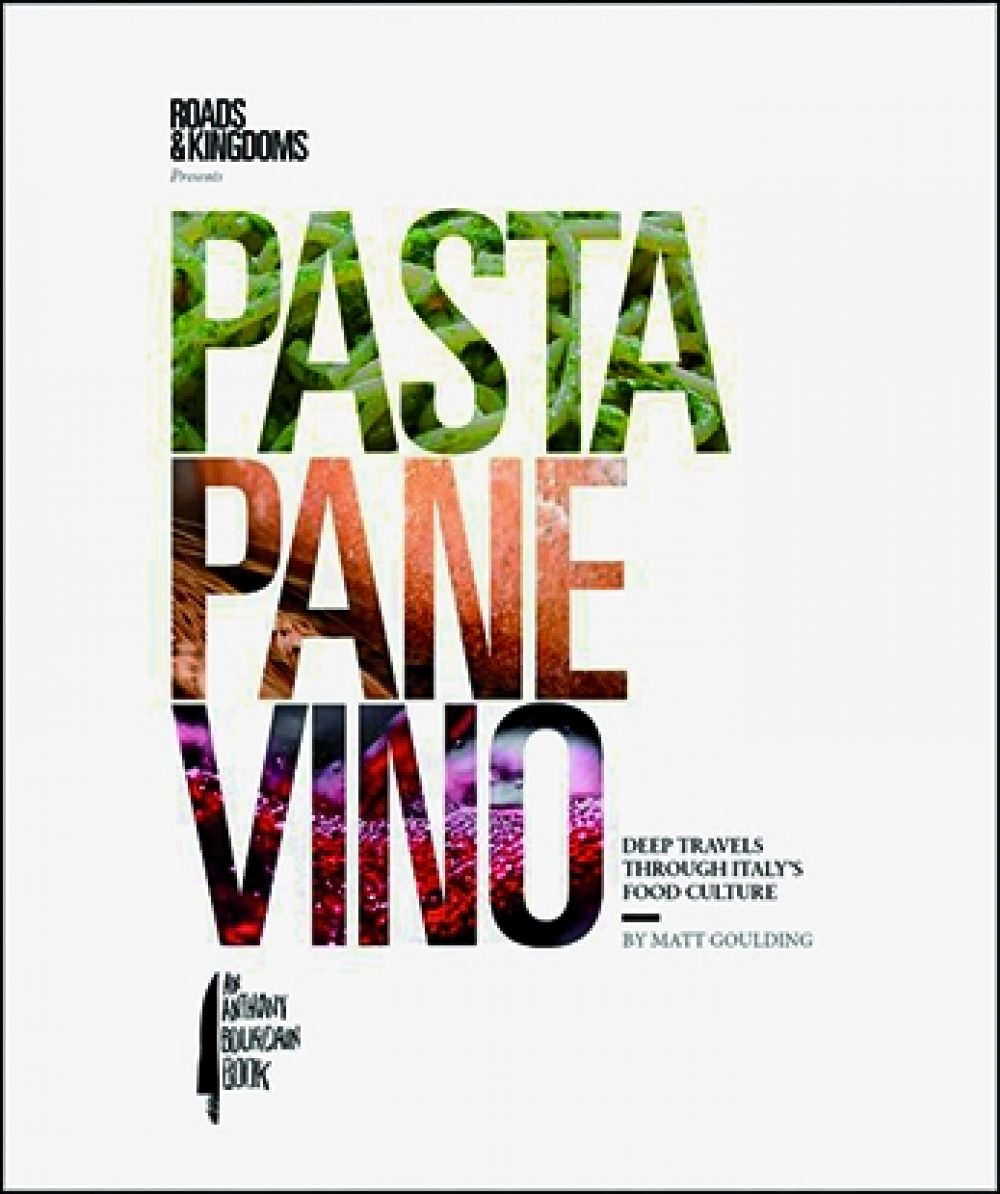
The Cooking Gene
by Michael Twitty
It takes a skilled writer to transform a topic as charged as slavery into an investigation both revelatory and entertaining without veering off into polemic. The premise of “The Cooking Gene” is not that this is Michael Twitty’s world, but that it is our world. The author of the Afroculinaria blog makes this point with his own DNA testing—it turns out that he is 28 percent British. (And he notes many white Southerners would find a good deal of African DNA in their bloodlines.) This book is founded on a bedrock of love, not hate. Twitty quotes Langston Hughes: “The lazy, laughing South/With blood on its mouth/ …And I, who am black, would love her.” He also writes about watermelon molasses, beaten biscuits, boiled plantains and fish, and sorghum-brined chicken. This is, after all, a culinary tale. In the end, “The Cooking Gene” documents the culinary history of the American South. Twitty’s thesis is compelling. His conclusion? Southern history is not black and white.
Buy on Amazon
Do you really need another cookbook of iconic American desserts? Stella Parks (and I) say you do. There are the usual suspects—chocolate cream pie, yellow layer cake—but Parks also includes recipes for brand-name confections like Twinkies, Fig Newtons and Pop-Tarts. There’s more than a few fresh ideas, too: using oat flour in oatmeal cookies and coconut oil in a white layer cake; mixing malted milk powder into blondies. Parks is a history buff—she dispels an urban legend I’ve repeated for decades, that the Parker House in Boston invented Boston cream pie. She researched Parker House menus and local newspapers from the era—nary a mention. With history and keen kitchen-testing skills, Parks goes into the world of classic American desserts and produces a cookbook that is fresh, grounded and inspirational.
Buy on Amazon

Bravetart
by Stella Parks

Nopalito
by Gonzalo Guzmán
I once asked Gonzalo Guzmán to define Mexican cooking. His answer was simple: home- made corn tortillas. That’s why I like Guzmán. No pretense. He grew up in a small town in Veracruz, Mexico, without electricity or refrigeration. His family made their own masa and tortillas. He made his way to San Francisco at age 15, starting off as a dishwasher and eventually becoming a sous chef at Nopa. Nopalito opened with Guzmán as its chef in 2009. The food in this book is appealing and simple: quick queso fresco (milk, vinegar, salt); escabeche rojo (onions, vinegar, spices); toasted corn with crema, chilies and cheese. Recipes for enchiladas, tostados and tacos follow. Or throw together huevos de caja with refried black beans, cilantro salsa and corn tortillas. On the sweeter side, there’s spiced coffee, horchata (rice, almonds, agave) and agua fresca. “Nopalito” is useful and down-to-earth, presented by a chef with one foot firmly planted in Veracruz and the other in an American kitchen.
Buy on Amazon
One might think a book that sets out to uncover the culinary wonders of Italy would be treading a well-worn path. But Matt Goulding brings enough skill and passion to the task to leave me thinking, perhaps American food writers have just scratched the surface. Goulding is honest about Italian food, noting that Roman food can be mediocre and that Italians have been complaining about it for 2,000 years. There are surprises: Carbonara was not invented until after World War II; burrata was first made in the 1920s in Puglia as a way of using up yesterday’s mozzarella; and the famous Italian ragu was nothing more than tomato, onion and lard back in the 1950s, when meat was hard to come by. Pasta sauce should be Highly starched water is key to marrying the two. And one chef’s secret cacio e pepe recipe relies on ice to form the emulsion of cheese and cooking water. The next time I go to Italy, “Pasta, Pane, Vino” will be my guide.
Buy on Amazon

Pasta, Pane, Vino
by Matt Goulding



